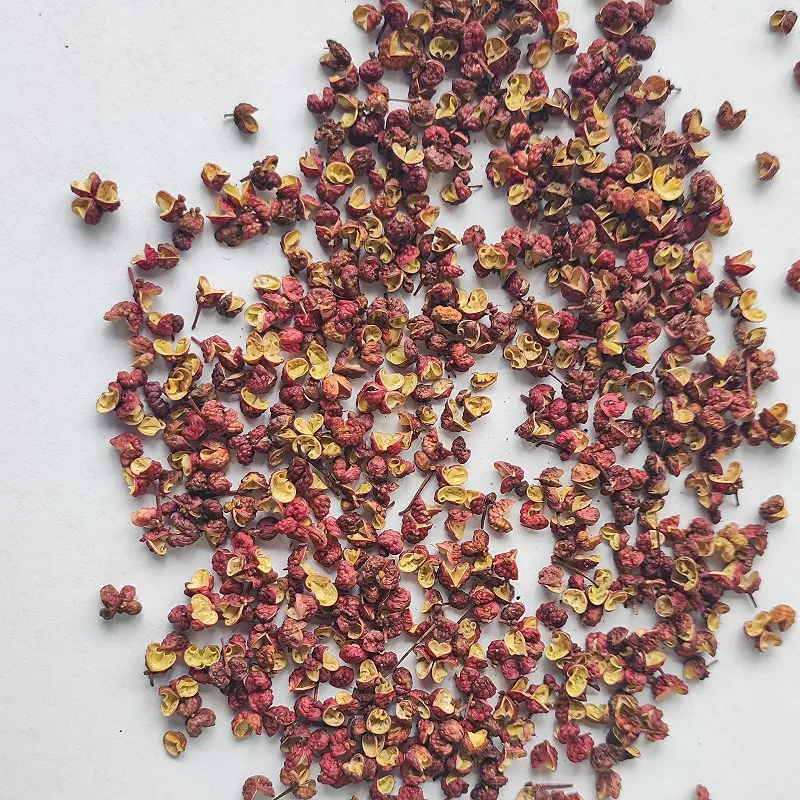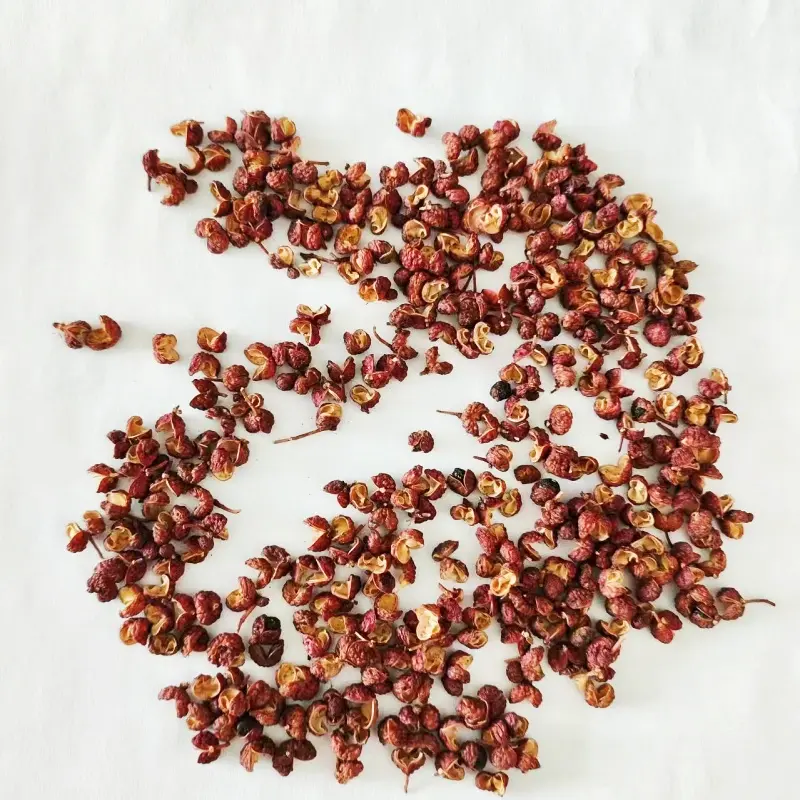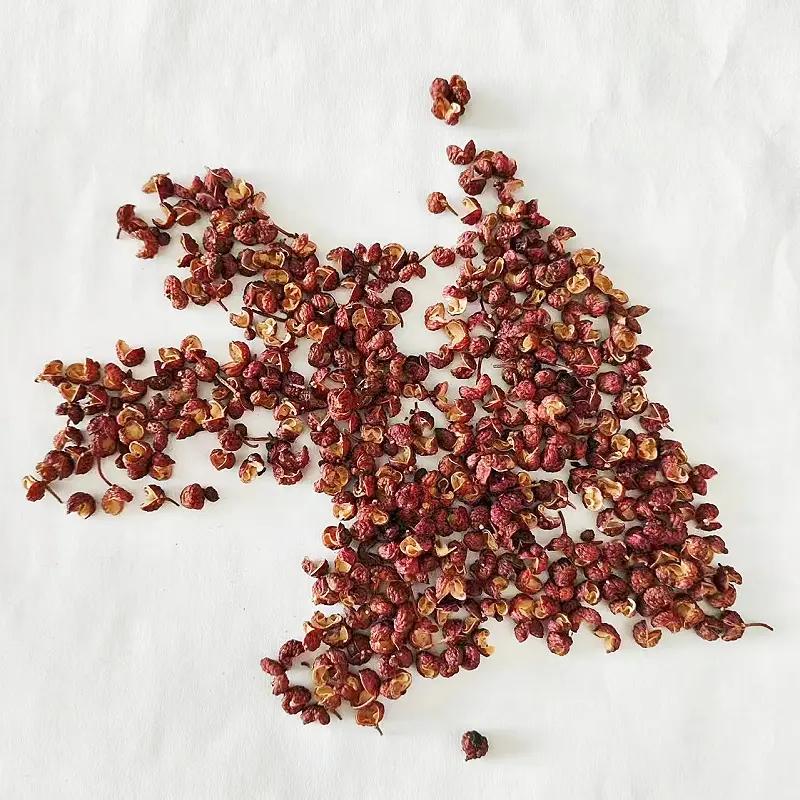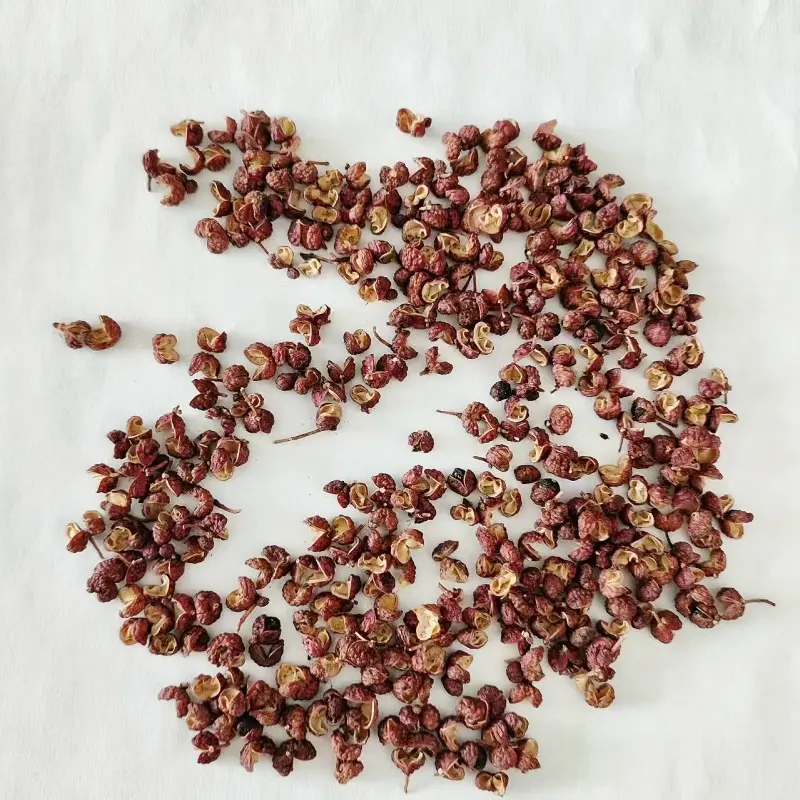When it comes to culinary spices that captivate the senses and spark global trade, few names rival cardamom. Yet nestled within the same botanical family lies another lesser-known yet powerfully aromatic spice: tsaoko, or Amomum tsao-ko. While green cardamom dominates the sweet and spiced beverages of the Middle East and South Asia, tsaoko reigns supreme in robust Asian broths, traditional Chinese medicine, and select artisanal spice blends. But how exactly do these two compare? Let’s dig into a nuanced and data-backed exploration of tsaoko vs cardamom—flavors, origins, uses, economics, and more.
Botanical Identity and Origins
Despite their sensory similarities, tsaoko and cardamom hail from different corners of the ginger family.
| Feature | Tsaoko (Amomum tsao-ko) | Green Cardamom (Elettaria cardamomum) |
|---|---|---|
| Botanical Name | Amomum tsao-ko | Elettaria cardamomum |
| Common Names | Black Cardamom, Tsao-ko, Caoguo | Green Cardamom, True Cardamom |
| Native Regions | Yunnan & Guangxi, China | India, Sri Lanka, Guatemala |
| Plant Family | Zingiberaceae (Ginger family) | Zingiberaceae |
Though both belong to the Zingiberaceae family, their taste profiles diverge significantly due to regional cultivation methods, drying techniques, and environmental factors like elevation, soil type, and rainfall.
Flavor & Aroma: A Tale of Two Palates
The most defining difference between tsaoko and green cardamom lies in their flavor profiles.
Tsaoko: Its smoky, slightly bitter, and camphorous notes lend well to savory stews and medicinal applications. When sun-dried (as preferred by Weifang Manna Foods Co., Ltd.), the pods release an essential oil-rich aroma that adds depth to rich dishes like hotpots and braised meats.
Green Cardamom: In contrast, it’s often sweet, eucalyptus-like, and citrusy—perfect for desserts, chai, and biryani.
| Flavor Profile Element | Tsaoko | Green Cardamom |
|---|---|---|
| Base Aroma | Smoky, earthy | Sweet, minty |
| Top Notes | Camphor, menthol, woodsy | Citrus, floral |
| Best Suited For | Savory dishes, broths, stews | Sweet dishes, tea, baked goods |
These contrasting profiles show why substitution between the two is rare—and not always advisable.
Culinary Applications: East Meets Spice
The culinary relevance of tsaoko remains geographically centered but culturally rich. In China and Southeast Asia, tsaoko is prized in:
Hot pot spice sachets
Braised beef noodle soups
Traditional five-spice blends
Yunnan-style cured meats
In comparison, green cardamom spans a broader international range:
Indian chai and desserts
Middle Eastern coffee
Scandinavian pastries
Aromatic rice dishes like biryani or pilaf
| Use Case | Tsaoko | Green Cardamom |
|---|---|---|
| Regional Cuisines | Chinese, Vietnamese, Tibetan | Indian, Arab, Nordic, Persian |
| Popular Formats | Whole pods, powder | Whole pods, seeds, ground powder |
| Food Pairings | Beef, duck, pork, mushrooms | Milk, saffron, citrus, cinnamon |
Medicinal and Holistic Uses
Though both spices carry ancient medicinal legacies, their functional benefits differ:
Tsaoko is integral to Traditional Chinese Medicine (TCM). It’s used to:
Relieve indigestion
Clear dampness and warm the middle burner (TCM terminology)
Alleviate bloating and inflammation
Green Cardamom, in Ayurvedic and Unani medicine, supports:
Digestive health
Respiratory function
Detoxification and oral hygiene
| Medicinal Function | Tsaoko | Green Cardamom |
|---|---|---|
| Digestive Aid | ✔ | ✔ |
| Antibacterial | ✔ | ✔ |
| Anti-inflammatory | ✔ | ✔ |
| Oral Health | ✖ | ✔ |
| TCM Applications | ✔ | ✖ |
Tsaoko’s warm and dispersing properties make it ideal for cold and damp climates, aligning with its regional prevalence in southwestern China.
Market Price & Trade Economics
Here’s where it gets spicy—literally and financially. The price point and trade dynamics show tsaoko’s competitive edge for wholesale buyers and food manufacturers seeking alternatives to cardamom.
| Price Factor | Tsaoko | Green Cardamom |
|---|---|---|
| Average Wholesale Price (USD/kg) | $8–15 | $20–35 |
| Availability | Moderate (seasonal) | High (year-round in top regions) |
| Export Volume (2023 est.) | ~5,000 tons (China) | ~25,000 tons (India & Guatemala) |
As global food inflation and spice shortages hit developing markets, tsaoko’s affordability positions it as a viable substitute in savory applications. The growing demand across Asian and Middle Eastern markets further validates its economic appeal.
Sustainability and Farming Practices
Spices cultivated in pristine environments with ethical farming practices command better consumer trust. That’s where brands like Weifang Manna Foods Co., Ltd. step in.
Weifang Manna Foods sources its tsaoko directly from high-altitude regions in Yunnan and Guangxi, known for their pesticide-free environments and sun-drying techniques. Here’s a brief comparison:
| Sustainability Metric | Tsaoko by Manna Foods | Generic Green Cardamom |
|---|---|---|
| Farm-to-Factory Traceability | ✔ (Direct sourcing) | (Often via middlemen) |
| Drying Method | Sun-dried | Mechanical or sun-dried |
| Pesticide Use | Strict control (ISO, HACCP) | Varies by region |
| Packaging Customization | ✔ (Bulk, retail packs, powder) | ✔ (Varies) |
| Certifications | FDA, HACCP, ISO22000 | Often only ISO or GAP |
Manna Foods' commitment to customization, safety certifications, and direct-sourcing model ensures not just product integrity—but pricing consistency and long-term trust.
Cultural Symbolism & Niche Uses
In cultural contexts, cardamom symbolizes love, hospitality, and spiritual awakening—frequently used in weddings, religious ceremonies, and rituals. Tsaoko, though less romanticized, is a guardian of health in local belief systems.
In Tibetan medicine, tsaoko is believed to cleanse the body's wind-energy pathways, while in Yunnanese culture, it’s often prescribed as part of postpartum care to warm the body and accelerate recovery.
Substitution Potential: Can You Replace One with the Other?
In theory, you can swap tsaoko for green cardamom—but the outcomes will vary.
In meat-based dishes, tsaoko’s robust, smoky edge enhances depth far more than cardamom.
In desserts or light broths, green cardamom's floral sweetness will outperform tsaoko.
If you're a food manufacturer or chef developing a signature spice blend, experimenting with a hybrid approach—combining small amounts of both—can yield unexpected synergies.
Global Demand Trends: A Shift Toward Asian Spice Diversity
Recent data from the Global Spices Market Report (2023) reveals:
Demand for tsaoko has grown 13% YoY in Southeast Asia and the Middle East.
Exports from China’s Guangxi and Yunnan regions reached over 5,000 tons in 2023, with bulk buyers from the UAE, Japan, and Korea leading orders.
Green cardamom remains a dominant export from Guatemala (29% of global supply), but rising costs and supply chain disruptions are pushing buyers to diversify.
As spice importers seek cost-effective alternatives with a similar aroma profile and broader culinary application, tsaoko is gaining momentum.
Why Choose Tsaoko from Weifang Manna Foods?
Weifang Manna Foods Co., Ltd. isn't just another spice trader. We're a trusted global manufacturer and exporter with:
FDA, HACCP, ISO22000 certifications for product safety
Self-operated import/export licenses and customs clearance abilities
Strict pesticide controls and stainless steel production equipment
Full customization: pods, powder, blend-ready formats, retail/wholesale packs
Monthly capacity to meet bulk orders over 500kg
Our signature Amomum tsaoko is:
Sourced from high-altitude regions
Naturally sun-dried for richer essential oils
Graded by size, aroma, and dryness
Exported globally to the USA, Japan, Canada, Europe, and the Middle East
Whether you’re formulating five-spice sachets, developing herbal extracts, or innovating new health foods, our premium tsaoko fits the flavor and function.
Conclusion: Tsaoko and Cardamom—Complement, Don’t Compete
At the end of the day, tsaoko and cardamom are not adversaries—but rather aromatic allies, each carving out its place in kitchens, apothecaries, and trade circuits. While green cardamom will continue to grace desserts and teas, tsaoko offers a bold and economical alternative for savory, spicy, and medicinal applications.
With market volatility and changing culinary preferences, now is the perfect time for buyers and distributors to diversify—and trust Weifang Manna Foods Co., Ltd. as your go-to source for premium tsaoko. Welcome to contact Manna Food to purchase Amomum tsaoko.


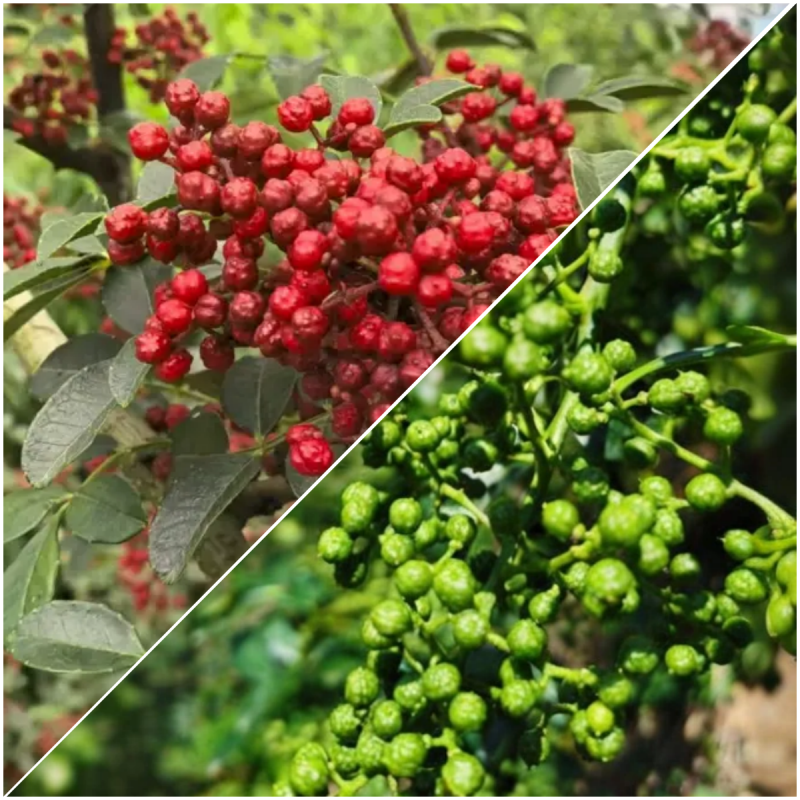
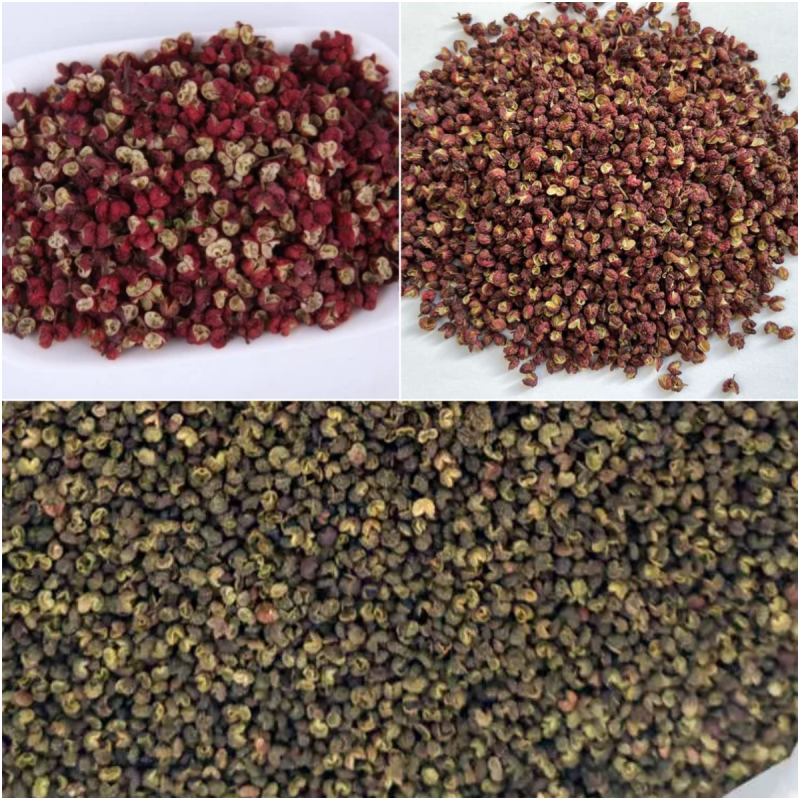
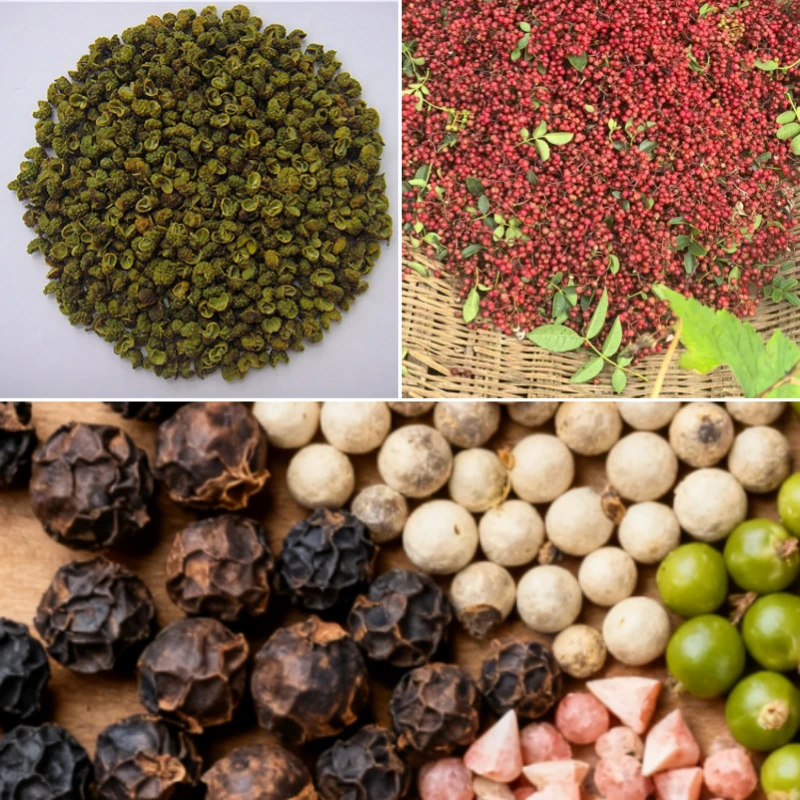
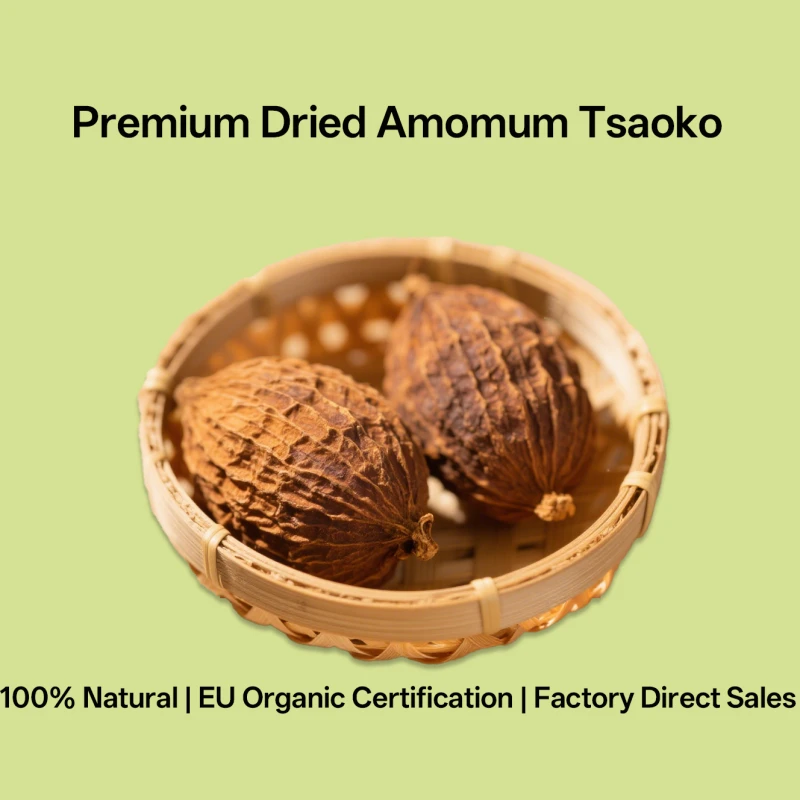
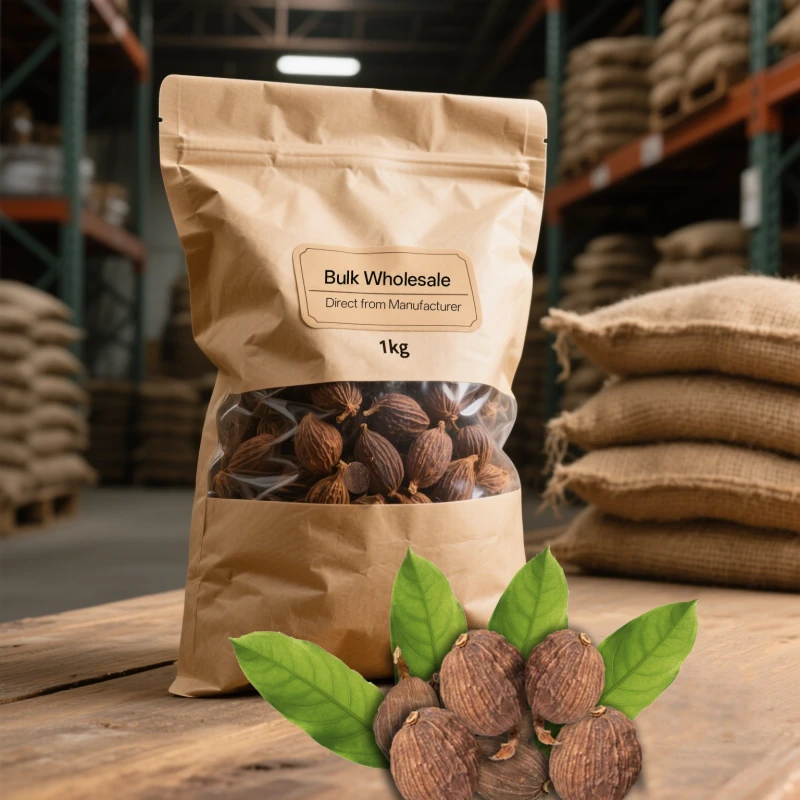
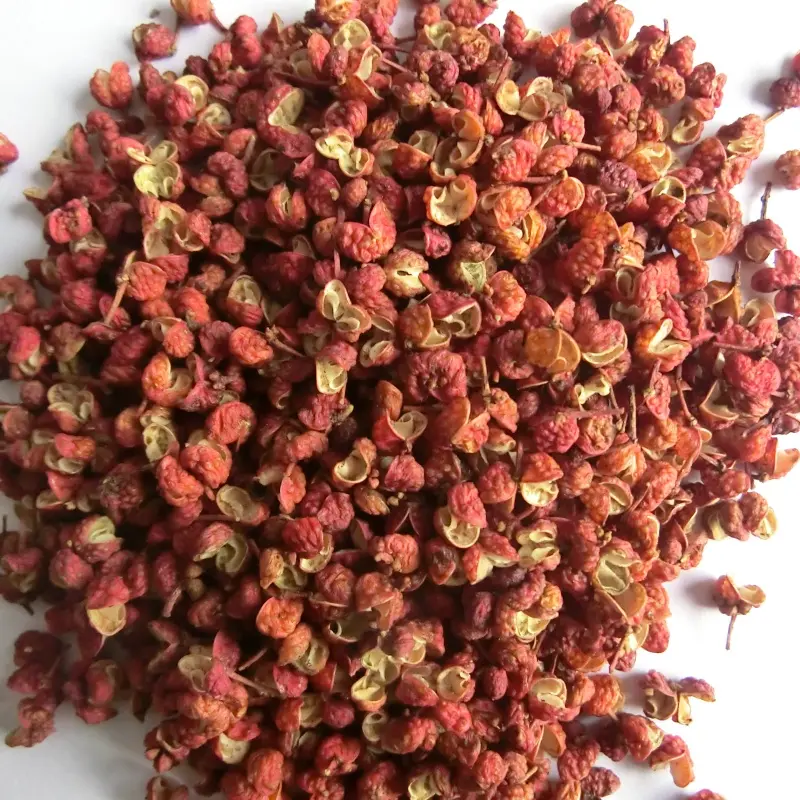
811.webp)
